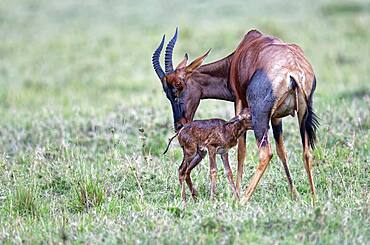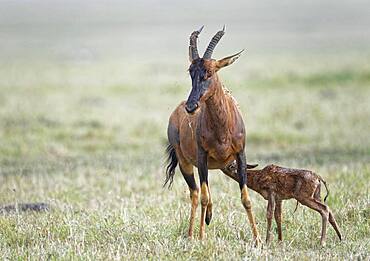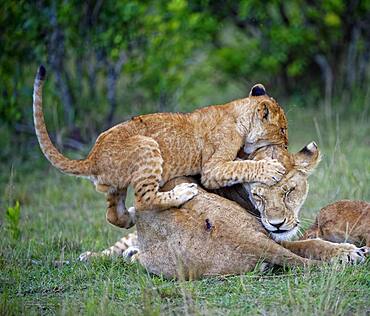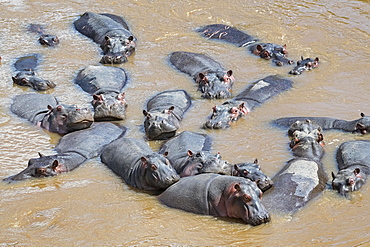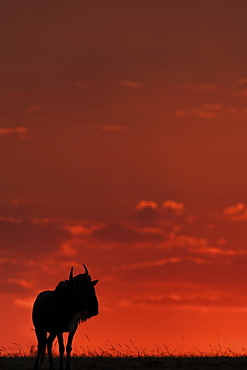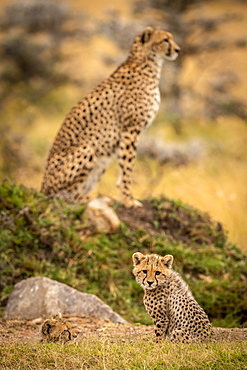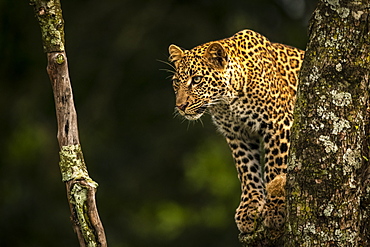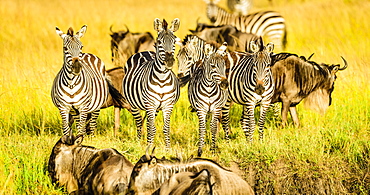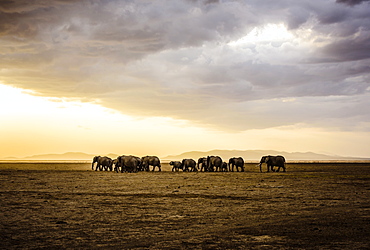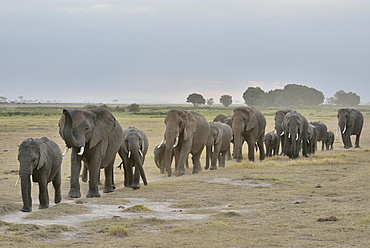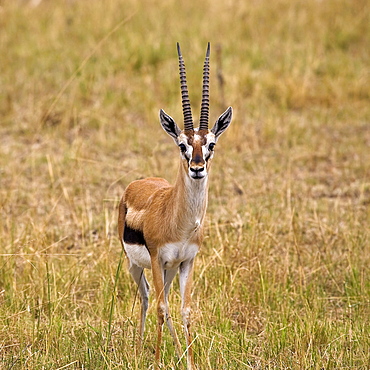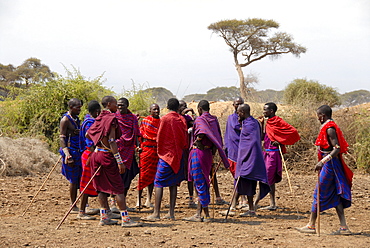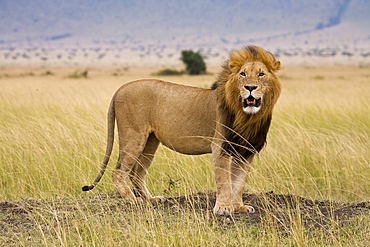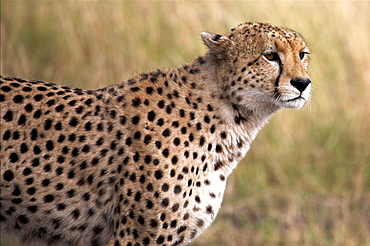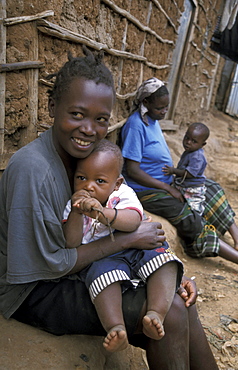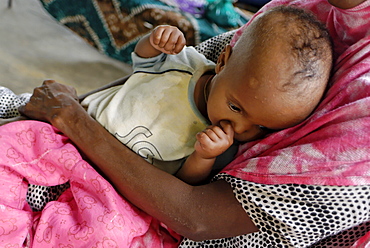Recent searches
Loading...
832-388765 - Sassaby- (Damaliscus lunatus) Birth date, Masai Mara Game Reserve, Kenya, Africa
832-388779 - Young (Panthera leo ), Masai Mara Game Reserve, Kenya, Africa
832-388776 - Lioness (Panthera leo), Msaai Mara Game Reserve, Kenya, Africa
832-388772 - Young (Panthera leo), Masai Mara Game Reserve, Kenya, Africa
832-388781 - Lion (Panthera leo) at sunrise in the grass savannah, Masai Mara Game Reserve, Kenya, Africa
832-388764 - Sassaby- (Damaliscus lunatus) with newborn calf, Masai Mara Game Reserve, Kenya, Africa
832-388766 - Sassaby- (Damaliscus lunatus) with newborn calf, Masai Mara Game Reserve, Kenya, Africa
832-388780 - Lion (Panthera leo) at sunrise in the grass savannah, Masai Mara Game Reserve, Kenya, Africa
832-388778 - Lioness (Panthera leo), Msaai Mara Game Reserve, Kenya, Africa
832-388768 - Younger Lionplays, climbs on mother, lioness (Panthera leo), Masai Mara, Kenya, Africa
832-388771 - Young (Panthera leo), Masai Mara Game Reserve, Kenya, Africa
832-388773 - Lioness (Panthera leo) with cubs, Maasai Mara, Kenya, Africa
832-384526 - Flamingos (Phoenicopteriformes) standing in shallow water, Amboseli National Park, Kenya, Africa
832-383911 - Hippos (Hippopotamus amphibius), Herd in Mara River, Masai Mara, Kenya, Africa
1116-47995 - A mother cheetah (Acinonyx jubatus) and her cub chase a scrub hare (Lepus saxatilis) on a grassy plain. They have golden fur covered with black spots, and the cub is stretching out it's paw to catch the hare. Masai Mara, Kenya
1116-48058 - Two giraffes (Giraffa) walking on grass, Kenya
1116-47831 - Cheetah (Acinonyx jubatus) sits with two cubs in grass, Maasai Mara National Reserve, Kenya
1116-48001 - A blue wildebeest (Connochaetes taurinus) is silhouetted against the setting sun on the horizon. It has curved horns and is walking towards the sunset, Maasai Mara National Reserve, Kenya
1116-48000 - A blue wildebeest (Connochaetes taurinus) on the horizon is silhouetted against an orange sky at sunset. It's horns are visible in outline, and it's standing facing the camera, Maasai Mara National Reserve, Kenya
1116-47828 - Close-up of leopard (Panthera pardus) lying on lichen-covered branch looking back, Maasai Mara National Reserve, Kenya
1116-47999 - A blue wildebeest (Connochaetes taurinus) on the horizon is silhouetted against an orange sky at sunset. It's horns are visible in outline, and it's standing with it's head turned, Maasai Mara National Reserve, Kenya
1116-47830 - Cheetah (Acinonyx jubatus) stands on mound in long grass, Maasai Mara National Reserve, Kenya
1116-47825 - Cheetah (Acinonyx jubatus) cubs sitting with mother in background, Maasai Mara National Reserve, Kenya
1116-47945 - African bush elephant (Loxodonta africana) walks towards horizon at sunset, Maasai Mara National Reserve, Kenya
1116-47827 - Leopard (Panthera pardus) looks down through lichen-covered tree branches, Maasai Mara National Reserve, Kenya
1116-47829 - Eland (Taurotragus oryx) stands in long grass looking back over shoulder, Maasai Mara National Reserve, Kenya
1116-47832 - Backlit Masai giraffe (Giraffa camelopardalis tippelskirchii) on horizon at sunset, Maasai Mara National Reserve, Kenya
1116-47993 - A topi (Damaliscus lunatus jimela) stands in profile on the horizon at sunset. It's body is silhouetted against the bright pink clouds in the sky, Maasai Mara National Reserve, Kenya
1116-47260 - Colourful male Kenyan Rock Agama (Agama lionotis) basking on rock at KIA Lodge near Kilimanjaro International Airport, Arusha, Tanzania
1174-6372 - Lion standing in tall grass, Kenya, Africa
1174-6367 - Giraffe drinking at water hole, Kenya, Africa
1174-6371 - Hot air balloon flying over savanna landscape, Kenya, Africa
1174-6370 - Hot air balloon inflating in rural field, Kenya, Africa
1174-6373 - Zebras and wildebeest standing in grass, Kenya, Africa
1174-6368 - Rhinoceros and calf walking in savanna landscape, Kenya, Africa
1174-6366 - Herd of elephants in savanna landscape, Kenya, Africa
1174-6364 - Elephants under trees in savanna landscape, Kenya, Africa
832-383728 - Leopard (Panthera pardus) stands on sand track, Tsavo West National Park, Kenya, Africa
832-382755 - Cheetah (Acinonyx jubatus) lying on a rock in morning sun, Masai Mara, Kenya, Africa
832-382164 - African elephant (Loxodonta africana) covers with dust, behavior, Amboseli National Park, Kenya, East Africa, Africa
832-382281 - Herd of African Bush Elephants (Loxodonta africana), Amboseli National Park, Rift Valley Province, Kenya, Africa
832-380358 - Electric fence of Rhino Sanctuary on red dirt road, tamarind (Tamarindus indica) with weaver birds (Ploceidae) nests in back, Tsavo West National Park, Taita-Taveta County, Kenya, Africa
1116-40743 - Thomson's Gazelle (Eudorcas Thomsoni), Kenya, Africa, Gazelle In The Wild
1116-40745 - African Elephant (Loxodonta Africana), Kenya, Africa
1116-40744 - Lion (Panthera Leo), Masai Mara National Reserve, Kenya, Africa
1116-39282 - Old Samburu man, Samburu County, Kenya
1116-39281 - Samburu men singing and dancing, Samburu County, Kenya
832-1727 - African Buffalo or Cape Buffalo (Syncerus caffer), old bull with broken horn, portrait, Sweetwater Game Reserve, Kenya, Africa
1199-317 - Kenyan rock agama lizard (Agama lionotus), Kenya, East Africa, Africa
832-369039 - Hippopotamus (Hippopotamus amphibius), Masai Mara, Kenya, Africa
832-369998 - Blue or Common Wildebeest (Connochaetes taurinus), wildebeest migration, crossing the Mara River, Masai Mara, Kenya, East Africa, Africa
832-369035 - Migrating Wildebeest (Connochaetes taurinus), Africa
832-369964 - Great Migration, Blue Wildebeest (Connochaetes taurinus), gnus crossing the Mara River, Masai Mara, Kenya, Africa
832-369975 - Wildebeest (Connochaetes taurinus), Gnu migration, jostling on the bank of the Mara River, Masai Mara, Kenya, East Africa, Africa
832-371417 - Tourists observing African Bush Elephants (Loxodonta africana) from a jeep, Samburu National Reserve, Kenya, East Africa, Africa, PublicGround
832-369965 - Great Migration, Blue Wildebeest (Connochaetes taurinus), gnus crossing the Mara River, Masai Mara, Kenya, Africa
832-369041 - Black-backed Jackal (Canis mesomelas) pups, Masai Mara, Kenya, Africa
832-369962 - Lion (Panthera leo), male, in front of a safari vehicle, Masai Mara National Reserve, Kenya, East Africa, Africa
832-274929 - Masai men dressed in colourful capes are standing together in the savannah Amboseli National Park Kenya
1161-7818 - African elephants, Loxodonta Africana, drinking at water hole at Treetops in Aberdare National Park near Nyeri in Kenya, East Africa
1161-7817 - African elephants, Loxodonta Africana, drinking at water hole at Treetops in Aberdare National Park near Nyeri in Kenya, East Africa
1161-7819 - African elephants, Loxodonta Africana, drinking at water hole at Treetops in Aberdare National Park near Nyeri in Kenya, East Africa
1161-7816 - African elephants, Loxodonta Africana, drinking at water hole at Treetops in Aberdare National Park near Nyeri in Kenya, East Africa
832-215454 - Blue Wildebeests (Connochaetes taurinus) crossing Mara River, Masai Mara National Reserve, Kenya, East Africa
832-215456 - Blue Wildebeests (Connochaetes taurinus) crossing Mara River, Masai Mara National Reserve, Kenya, East Africa
832-215452 - Blue Wildebeests (Connochaetes taurinus) crossing Mara River, Masai Mara National Reserve, Kenya, East Africa
832-215462 - Spotted Hyena (Crocuta crocuta), pack, Masai Mara National Reserve, Kenya, East Africa
1113-20383 - Kenyan woman with baby at Shanzu Beach, Mombasa, Kenya, Africa
1116-5916 - Lion (Panthera Leo), Masai Mara National Reserve, Kenya, Africa; Lion Growling
1116-5902 - Samburu National Reserve, Kenya; Blue Necked Ostrich (Struthio Camelus Molybdophanes)
1116-5919 - Cheetah (Acinonyx Jubatus), Masai Mara National Reserve, Kenya, Africa; Portrait Of A Cheetah
1198-598 - Leopard tortoise (geochelone pardalis), masaii mara, kenya, close, up view from front.
1198-686 - Lion (panthera leo). Masaii mara, kenya, young male yawning in evening light.
1194-2381 - Kenya. Christ the king catholic secondary school, kibera, a slum of nairobi
1194-2380 - Kenya. Primary school children of christ the king catholic school, kibera, a slum of nairobi
1198-309 - White, headed vulture (trigonoceps occipitalis), close, up. Masaii mara, kenya.
1194-1238 - Kenya kibagare centre, a catholic run school in nairobi
1195-12 - Kenya,dadaab refugees camp, somalian border gtz hospital ,the camps were set up around the town of dadaab beginning in 1991 when civil wars erupted on a grand scale in somalia (16 rival factions were involved). The wars, along with a prolonged drought, forced more than 900,000 somalis to flee to neighboring countries. Approximately 400,000 of them, many of whom were in a serious state of exhaustion and starvation, took refuge in kenya. Since then, a majority have returned to their country. However, some 131,000 somalis remain in kenya, and 110,000 are in dadaab, along with some sudanese, ugandans, and about 3,000 ethiopians women waiting the receive care from gtz ngo at the local hospital
1194-2386 - Kenya. Masai women getting ready to dance at their masai village within the amboseli national park
1194-2384 - Kenya. Details of beads and watch worn by masai man at a masai village within the amboseli national park. Photo by sean spragu
1198-368 - Lion (panthera leo), masaii mara, kenya, male yawning in evening light.
1195-9 - Kenya,dadaab refugees camp, somalian border gtz hospital ,the camps were set up around the town of dadaab beginning in 1991 when civil wars erupted on a grand scale in somalia (16 rival factions were involved). The wars, along with a prolonged drought, forced more than 900,000 somalis to flee to neighboring countries. Approximately 400,000 of them, many of whom were in a serious state of exhaustion and starvation, took refuge in kenya. Since then, a majority have returned to their country. However, some 131,000 somalis remain in kenya, and 110,000 are in dadaab, along with some sudanese, ugandans, and about 3,000 ethiopians women waiting the receive care from gtz ngo at the local hospital
1195-1 - Kenya,dadaab refugees camp, somalian border gtz hospital ,the camps were set up around the town of dadaab beginning in 1991 when civil wars erupted on a grand scale in somalia (16 rival factions were involved). The wars, along with a prolonged drought, forced more than 900,000 somalis to flee to neighboring countries. Approximately 400,000 of them, many of whom were in a serious state of exhaustion and starvation, took refuge in kenya. Since then, a majority have returned to their country. However, some 131,000 somalis remain in kenya, and 110,000 are in dadaab, along with some sudanese, ugandans, and about 3,000 ethiopians women waiting the receive care from gtz ngo at the local hospital . wounds due to boiling water for tea . lots of kids get burned by open flames fires into the camp as they play around without parents control
1198-516 - Cheetah (acinonyx jubatus) masaii mara, kenya, yawning
1195-11 - Kenya,dadaab refugees camp, somalian border gtz hospital ,the camps were set up around the town of dadaab beginning in 1991 when civil wars erupted on a grand scale in somalia (16 rival factions were involved). The wars, along with a prolonged drought, forced more than 900,000 somalis to flee to neighboring countries. Approximately 400,000 of them, many of whom were in a serious state of exhaustion and starvation, took refuge in kenya. Since then, a majority have returned to their country. However, some 131,000 somalis remain in kenya, and 110,000 are in dadaab, along with some sudanese, ugandans, and about 3,000 ethiopians women waiting the receive care from gtz ngo at the local hospital
1194-2388 - Kenya. Young masai man, masai village within the amboseli national park
1194-1248 - Kenya catholic lay missionaries orphan. Korogocha, nairobi
1198-24 - Secretarybird (sagittarius serpentarius) masai mara, kenya, male and female on nest, in silhouette at sunset.
1195-6 - Kenya,dadaab refugees camp, somalian border gtz hospital ,the camps were set up around the town of dadaab beginning in 1991 when civil wars erupted on a grand scale in somalia (16 rival factions were involved). The wars, along with a prolonged drought, forced more than 900,000 somalis to flee to neighboring countries. Approximately 400,000 of them, many of whom were in a serious state of exhaustion and starvation, took refuge in kenya. Since then, a majority have returned to their country. However, some 131,000 somalis remain in kenya, and 110,000 are in dadaab, along with some sudanese, ugandans, and about 3,000 ethiopians women waiting the receive care from gtz ngo at the local hospital
1195-10 - Kenya,dadaab refugees camp, somalian border gtz hospital ,the camps were set up around the town of dadaab beginning in 1991 when civil wars erupted on a grand scale in somalia (16 rival factions were involved). The wars, along with a prolonged drought, forced more than 900,000 somalis to flee to neighboring countries. Approximately 400,000 of them, many of whom were in a serious state of exhaustion and starvation, took refuge in kenya. Since then, a majority have returned to their country. However, some 131,000 somalis remain in kenya, and 110,000 are in dadaab, along with some sudanese, ugandans, and about 3,000 ethiopians women waiting the receive care from gtz ngo at the local hospital
1195-2 - Kenya,dadaab refugees camp, somalian border gtz hospital ,the camps were set up around the town of dadaab beginning in 1991 when civil wars erupted on a grand scale in somalia (16 rival factions were involved). The wars, along with a prolonged drought, forced more than 900,000 somalis to flee to neighboring countries. Approximately 400,000 of them, many of whom were in a serious state of exhaustion and starvation, took refuge in kenya. Since then, a majority have returned to their country. However, some 131,000 somalis remain in kenya, and 110,000 are in dadaab, along with some sudanese, ugandans, and about 3,000 ethiopians women waiting the receive care from gtz ngo at the local hospital





